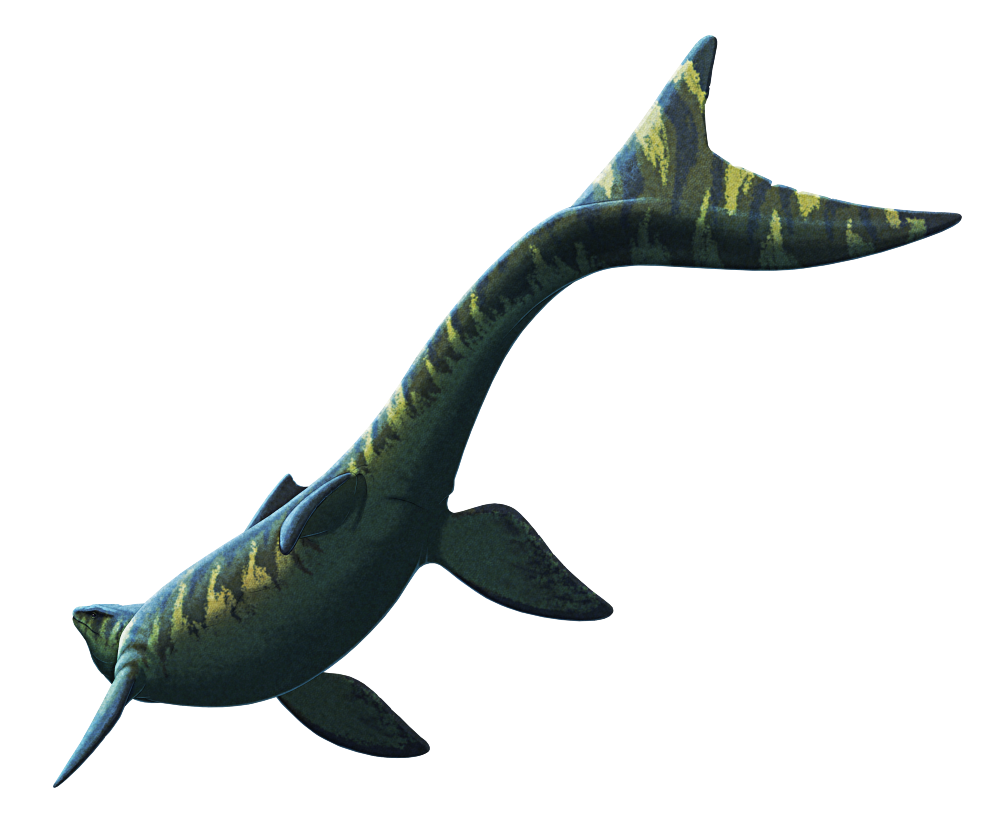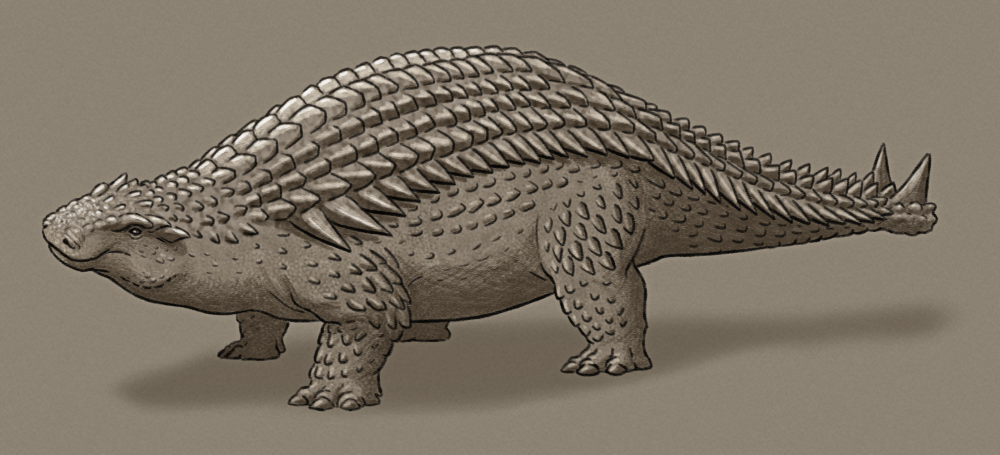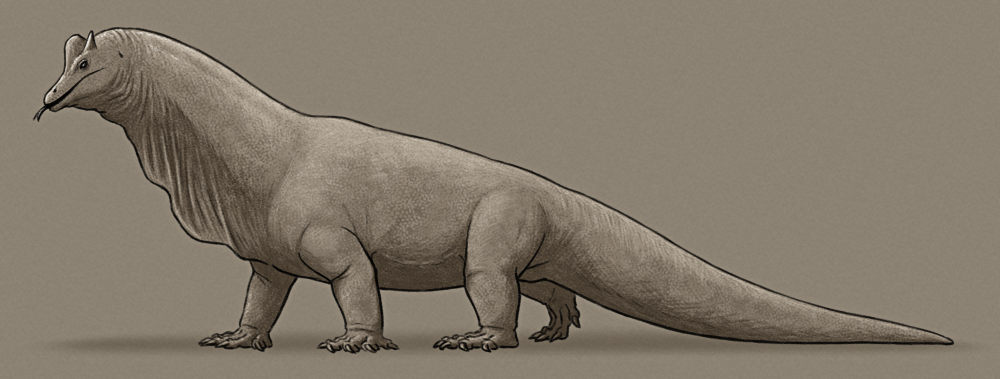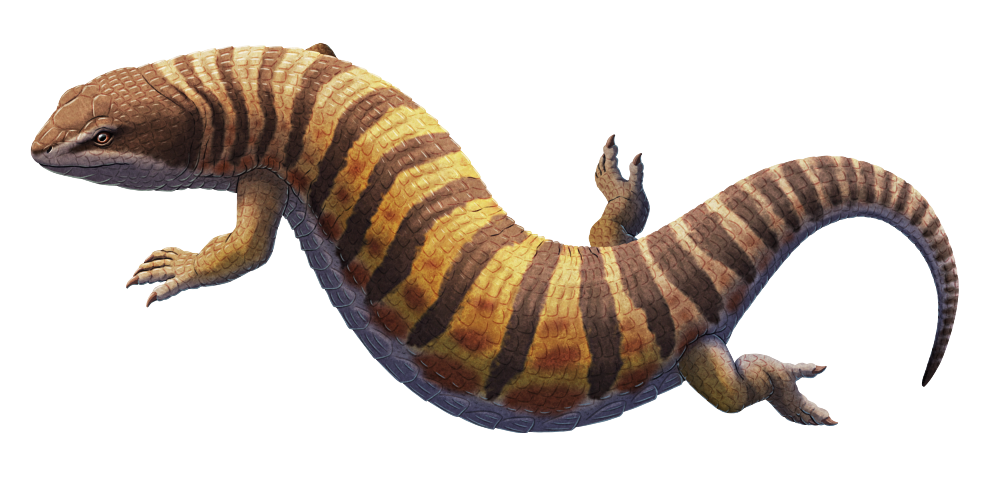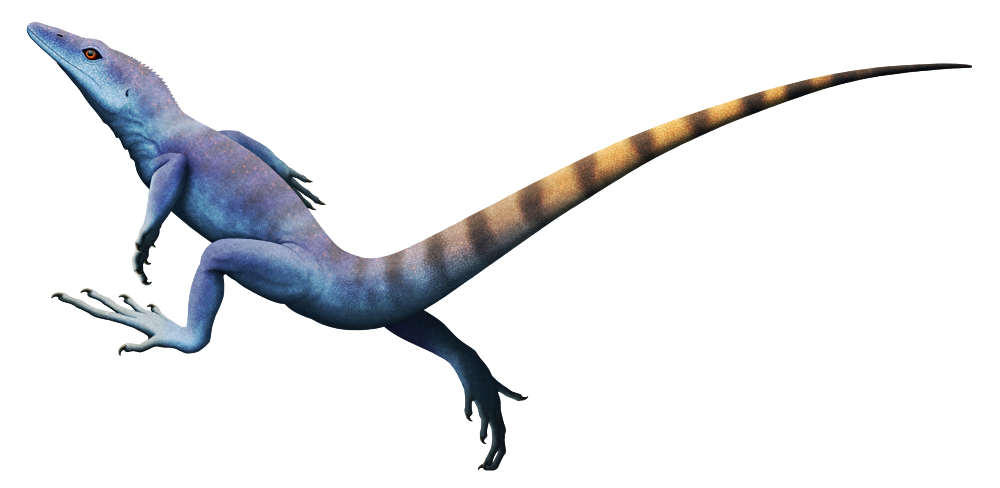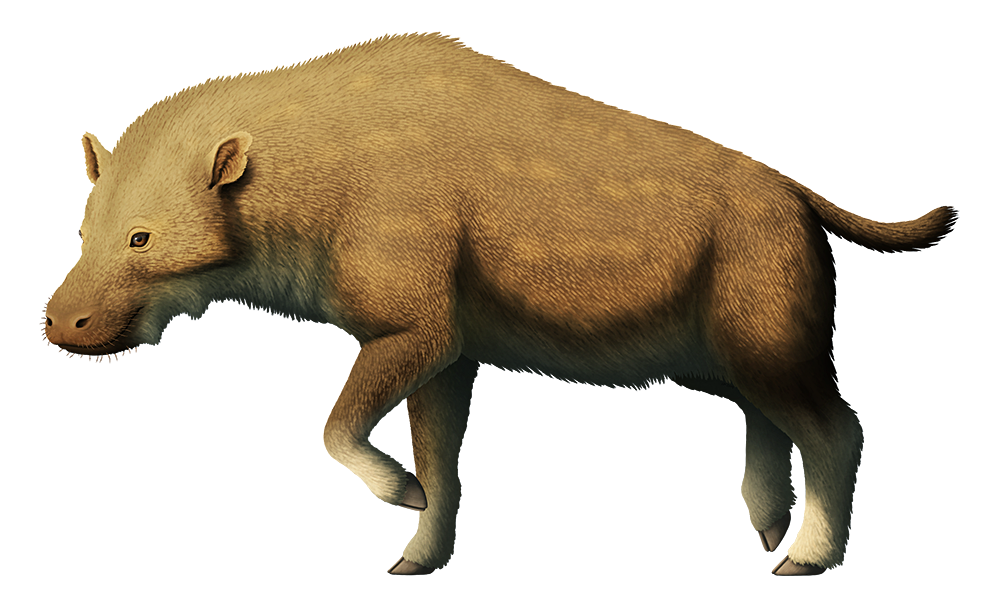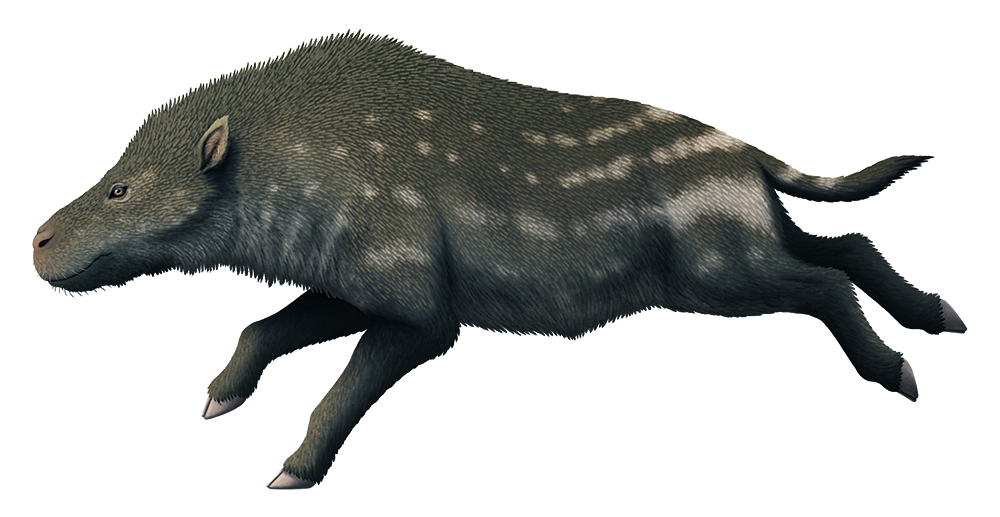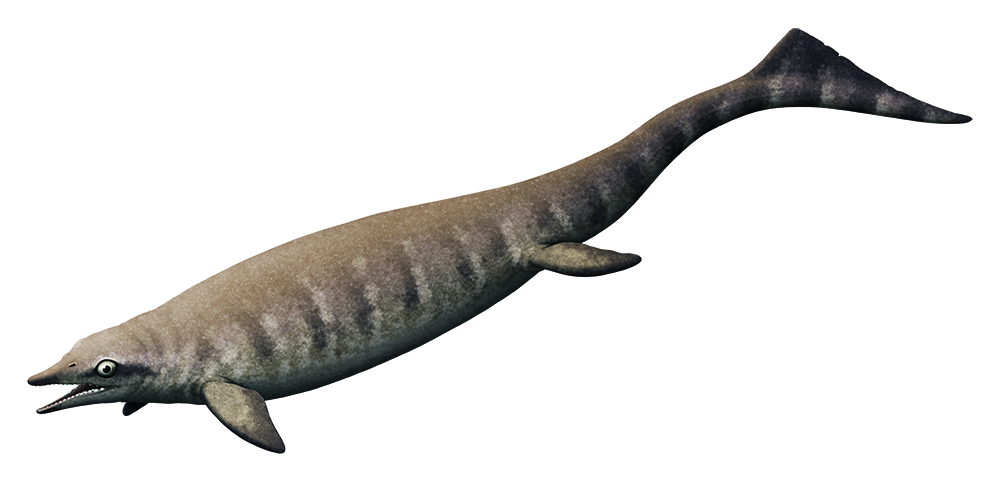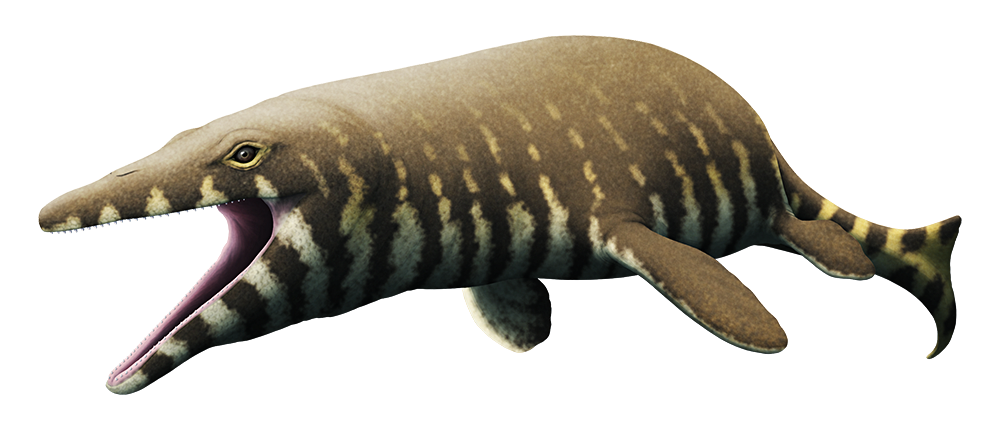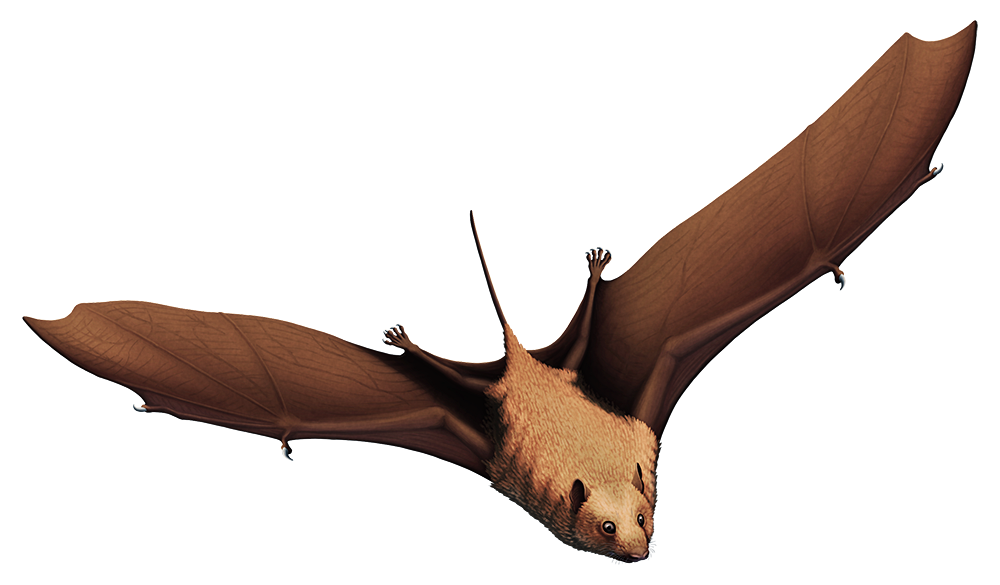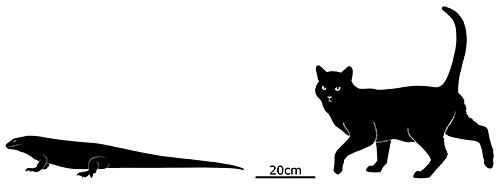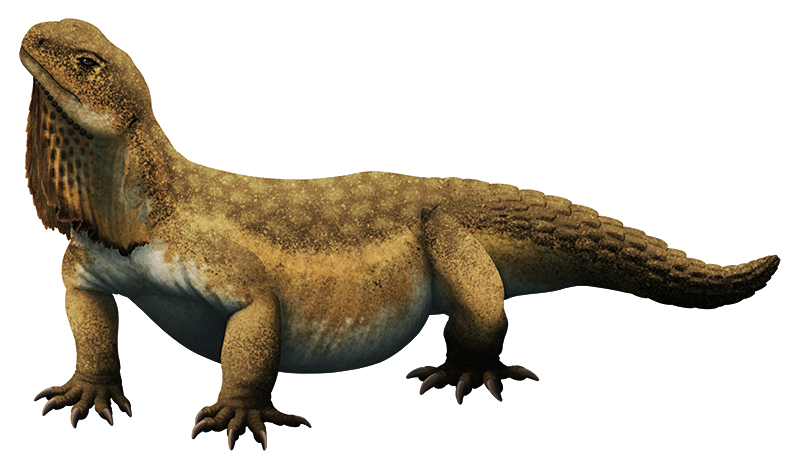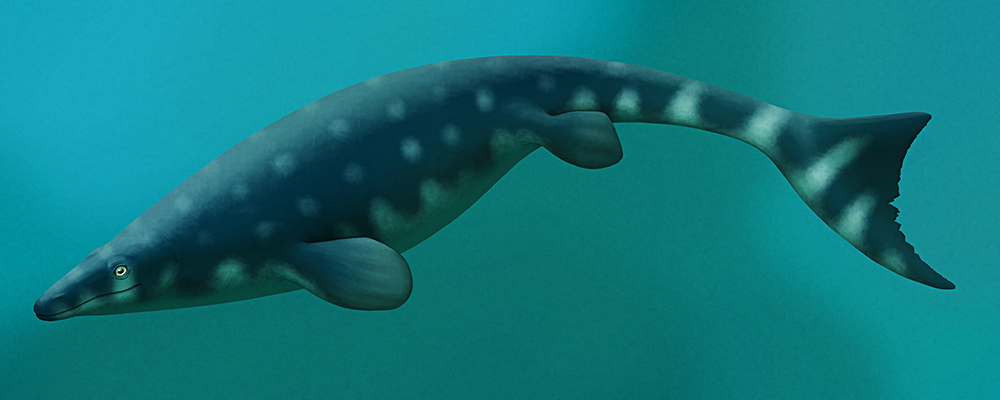The glyptosaurines were a group of lizards that first appeared in the Late Cretaceous, about 85 million years ago. They were an early branch of the anguid lineage, originating in North America, and had heavily armored bodies covered in bony osteoderms – superficially similar to those of modern beaded lizards, but structurally much more complex with the outermost layer formed from a unique enamel-like substance called osteodermine.
They were some of the few lizards to survived through the end-Cretaceous extinction 66 million years ago (which killed off over 80% of the lizard species known at the time) and went on to become quite successful in the warm climates of the early Cenozoic.
They spread across to Europe and Asia and developed much larger body sizes, going from small 10cm-long (4″) forms in the Early Paleocene (~65 mya) to over 60cm long (2′) by the mid-Eocene (~40 mya). In North America and Europe they became common enough that they were probably important parts of the local ecosystems, and their widespread distribution suggests they were able to adapt to a variety of different habitats and environmental niches.
Their teeth resembled those of modern omnivorous lizards like blue-tongued skinks, suggesting they had a similar generalist diet – although their strong jaws have also been proposed to be specializations for crushing hard-shelled invertebrates such as snails.
Helodermoides tuberculatus here was one of the largest glyptosaurines, about 65cm long (2′2″). It lived during the Late Eocene and Early Oligocene (~34-33 mya) in the northwestern and midwestern United States, with fossils known from Montana, Wyoming, and Nebraska.
One fossil shows evidence of having lost part of its tail, probably dropping it in a self-defense behavior to escape a predator. However, unlike the regenerating tails of many other lizards, the osteoderms of Helodermoides instead seem to have formed a thick rounded bony cap over the wound, preventing any significant regrowth and leaving its tail permanently stumpy.
During the Late Eocene and Early Oligocene the glyptosaurines began to disappear, probably struggling to cope with cooling and drying climates, and their last definite fossils date to about 30 million years ago. Possible fragmentary remains from as late as the Early Miocene of Central Europe (~16 mya) may indicate that a few isolated late-surviving members of the group persisted on for a while longer, but if they did hang on that long they were probably finished off by further sharp temperature drops in the mid-Miocene.

